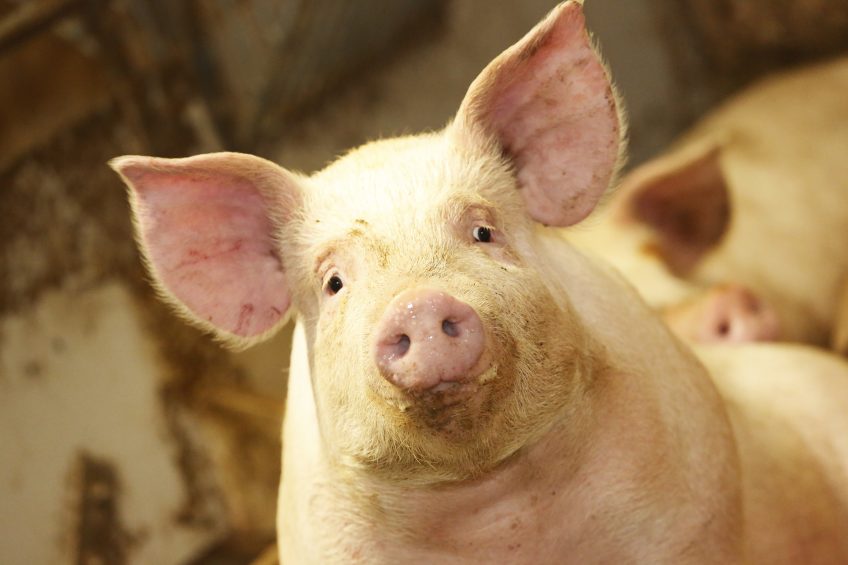Why data can’t always be trusted, even in pigs

Does eating margarine cause your marriage to go downhill? Unlikely. There’s a difference between correlation and causation, explains Dr Casey Bradley, AB Vista, in this expert opinion.
Writing this month’s column, I find myself walking a knife-edge, and what a sharp one it’s proving to be!
On one side is my training as a scientist and my work in the feed additive sector, using trial results and research data on a daily basis to help customers improve efficiency, boost performance and increase profitability. On the other is my growing unease with the use of statistics to ‘prove’ science where none exists.
Measuring detailed biological parameters
With advancement in technology, we’re measuring increasingly detailed biological parameters under increasingly controlled conditions, and using increasingly sophisticated statistical modelling to analyse the data. But rather than providing greater clarity, interpreting those results has become fraught with confusion.
Our ability to measure specifics within the pig now exceeds current understanding of biological relevance, and over-confidence in modern statistical analysis is leading many to lose sight of the bigger picture. A statistical correlation (P-value < 0.05) does not mean causation, or even biological relevance.
Don’t believe me? Just Google ‘crazy correlations’. Because the divorce rate in Maine apparently correlates strongly with per capita consumption of margarine. Best keep those edible fats under lock and key!
Little focus on translated growth performance
At the Symposium on Gut Health in Production of Food Animals in St Louis, MO, last November, for example, vast swaths of data were presented. In truth, much was beyond my understanding of gut health, yet within several papers relating to feed additives, there was little focus on translated growth performance. Even in those reporting significant correlations to colostrum strategy in dairy calves, I found a distinct lack of evidence to suggest causation.
I’ve said it before and I’ll say it again now – understanding how to positively influence gut health is an interconnected puzzle of giant proportions. This conference proved it to me once again.
Yet there’s also one thing that’s becoming increasingly clear as I scale this growing mountain of data. Maintaining proper digestion and metabolism within the animal is absolutely essential for optimum performance.
Raw materials, feed additives and gut fermentation
Translated into my world of swine nutrition, it means that somewhere out there is a combination of raw materials, feed additives and hind gut fermentation that creates the healthiest possible gut environment, leading to the best possible feed efficiency, immune response and growth.
Sure, stressors, poor management, bad genetics or just bad luck can all undermine this. But conversely, there’s also growing evidence that well-established positive influences on gut health can have a far wider impact than previously thought.
Xylanases and liveability in finishing pigs
There’s a new buzz around xylanases and the production of small chain xylo-oligomers from long chain arabinoxylans in the diet that act as prebiotics in the animal with these prebiotic effects improving liveability in finishing pigs. For example, these prebiotics may be linked to hind gut fermentation reducing pathogens and toxin absorption.
So as new research is published, and new links between feed additives and improved gut functionality are proposed, I’m urging caution. At least until those positive correlations are proven time and time again, and some semblance of causation has started to emerge.
Just don’t wait too long, because I’m already convinced that enhancing digestibility within your pigs will put you ahead of the curve in preparing them to thrive and survive!











